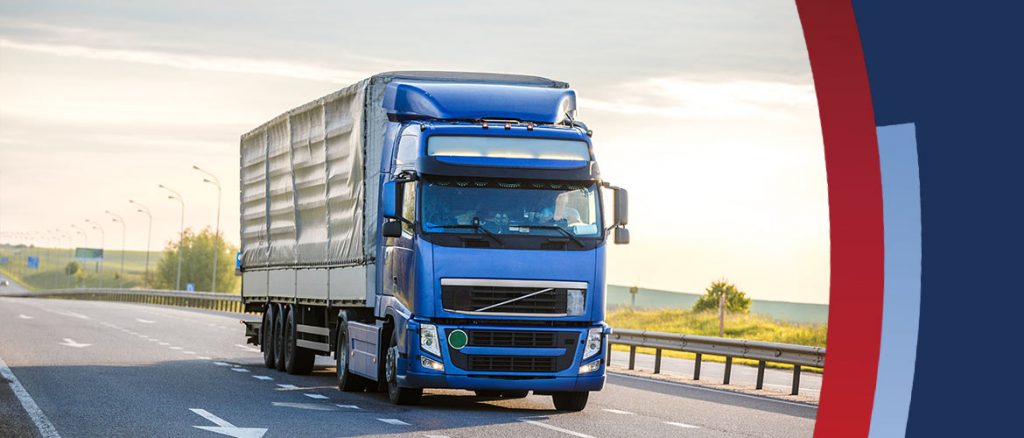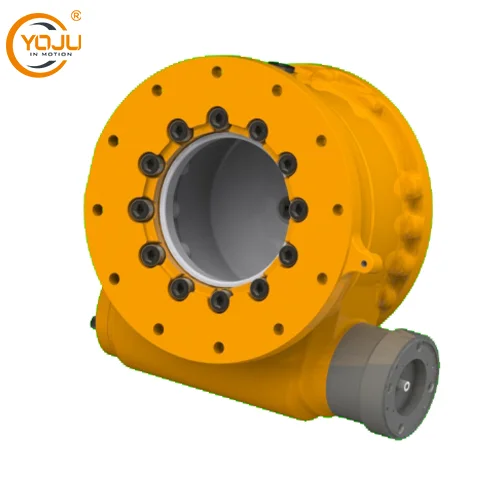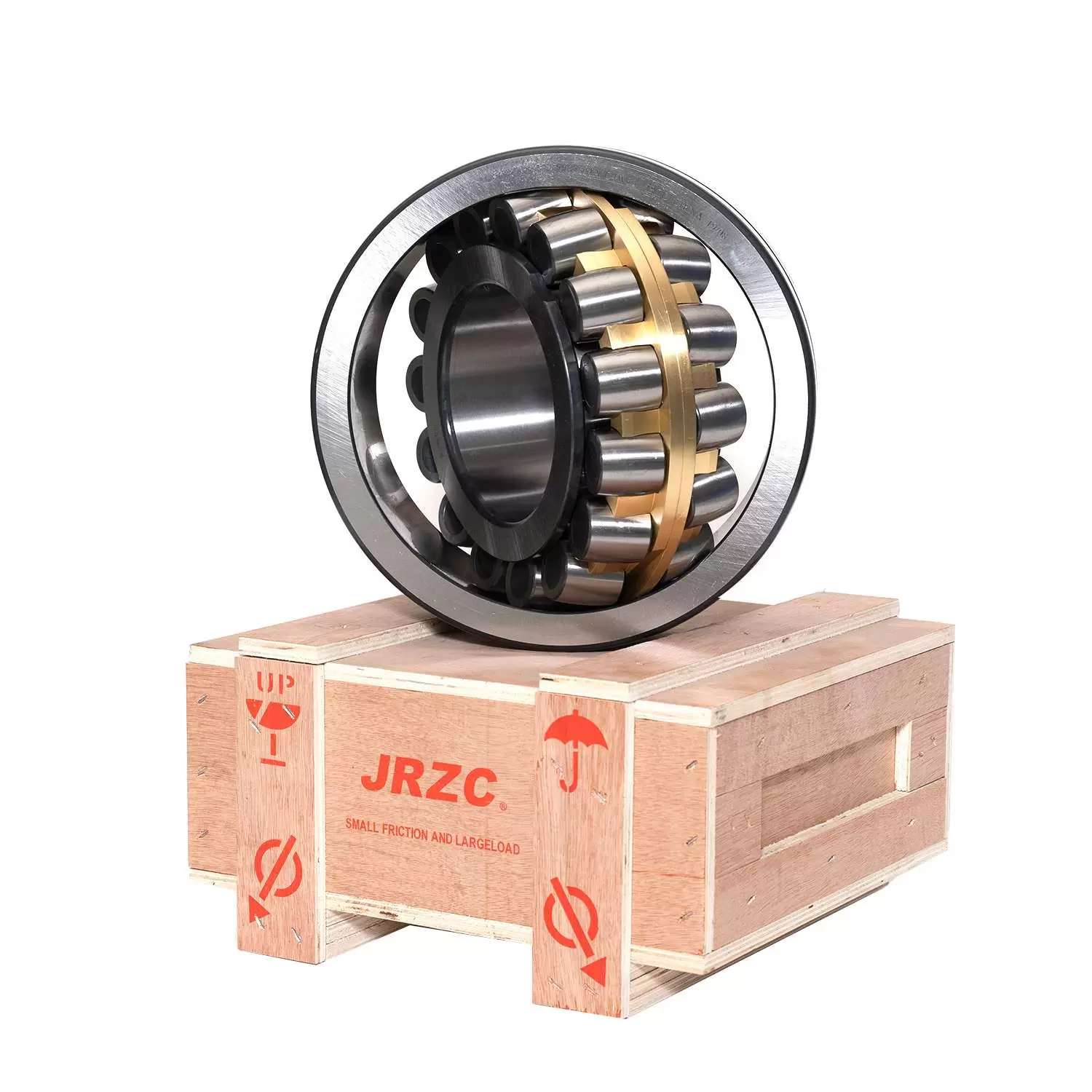In today's interconnected world, the efficient transportation of goods is vital for global trade and economic growth. Various modes of transport play a crucial role in moving goods across vast distances, ensuring timely delivery and supply chain optimization. From traditional methods to cutting-edge technologies, this article delves into the diverse transport options used to transport goods, highlighting their advantages, challenges, and the latest innovations in the field.
- Land Transport:
Land transport encompasses a range of options, including trucks, trains, and pipelines. Trucks are the backbone of road transportation, offering flexibility, door-to-door delivery, and accessibility to remote areas. However, they face challenges such as traffic congestion and environmental impact. Trains, on the other hand, excel in transporting large volumes of goods over long distances, with lower fuel consumption and reduced carbon emissions. Pipelines, primarily used for transporting liquids and gases, provide a safe and efficient means of transport, albeit with limitations in terms of the types of goods they can carry. - Maritime Transport:
Maritime transport, predominantly through container ships, is the backbone of global trade. These colossal vessels transport goods in standardized containers, offering economies of scale and cost-effectiveness. Despite their slower speed compared to other modes, container ships can carry massive volumes of goods, making them ideal for long-haul journeys. However, challenges such as piracy, port congestion, and environmental concerns necessitate continuous innovation and improvement in this sector. - Air Transport:
Air transport is renowned for its speed and efficiency, making it indispensable for time-sensitive and high-value goods. Cargo planes transport goods across continents in a matter of hours, ensuring rapid delivery. While air transport is expensive compared to other modes, advancements in technology and logistics have made it more accessible and cost-effective for certain industries. However, the environmental impact of air transport remains a concern, prompting the exploration of sustainable alternatives. - Multimodal Transport:
Multimodal transport combines different modes of transportation to optimize efficiency and overcome the limitations of individual modes. It involves seamless coordination and integration of various transport modes, such as using trucks to transport goods to a port, followed by maritime transport and then trucks again for final delivery. This approach offers flexibility, reduces costs, and enhances supply chain resilience, ensuring goods reach their destinations efficiently. - Emerging Technologies:
The transport industry is witnessing a wave of technological advancements that are revolutionizing the way goods are transported. Autonomous vehicles, including self-driving trucks and drones, hold the promise of increased efficiency, reduced costs, and improved safety. Additionally, hyperloop technology, with its high-speed transportation in low-pressure tubes, could transform the movement of goods over long distances. These innovations have the potential to reshape the future of goods transportation, making it faster, greener, and more reliable.
Conclusion:
The transportation of goods relies on a diverse range of modes, each with its own advantages and challenges. Land transport, maritime transport, air transport, and multimodal solutions all contribute to the global supply chain. As technology continues to evolve, the industry is poised for further innovation, with emerging technologies promising to enhance efficiency and sustainability. By understanding and leveraging the strengths of different transport modes, businesses can optimize their logistics strategies, ensuring the smooth flow of goods and contributing to economic growth in an interconnected world.




More Stories
Seeing More Behind the Wheel Why Truck Backup Camera System Matters
Electric Rescue ATV Vehicle Redefining Rapid Response in Complex Terrain
Export-Ready Integrated Traffic Lights by FAMA Traffic for Reliable Urban Traffic Control